Preliminary
18130
Announcement: We have a new email address! Please direct all emails to: iascsearch@cisco.edu
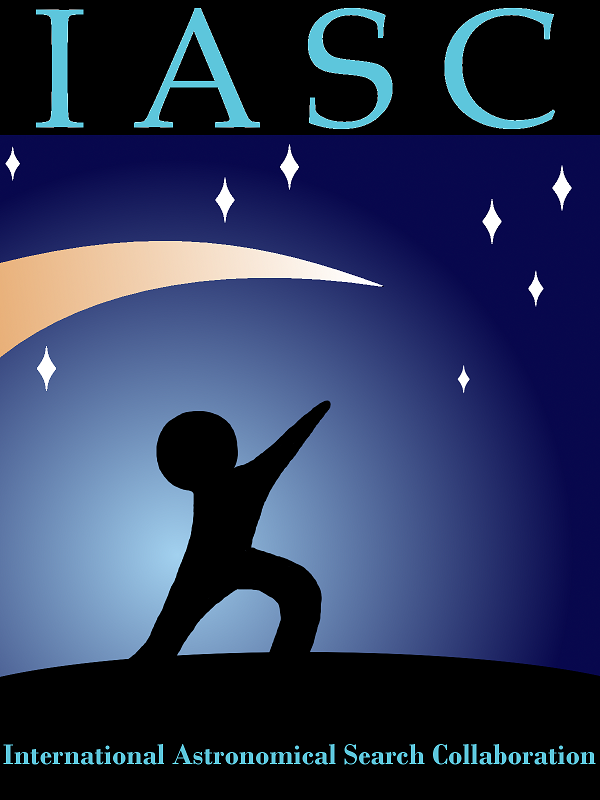
The International Astronomical Search Collaboration (IASC) is a citizen science program that provides high-quality astronomical data to citizen scientists around the world. These citizen scientists are able to make original astronomical discoveries and participate in hands-on astronomy. This service is provided at no cost!
Asteroid Search Campaigns are the primary focus of IASC. A "campaign" is a month-long event in which teams search for asteroids. If you are new and would like more information on the asteroid search campaigns, please use the Register link.
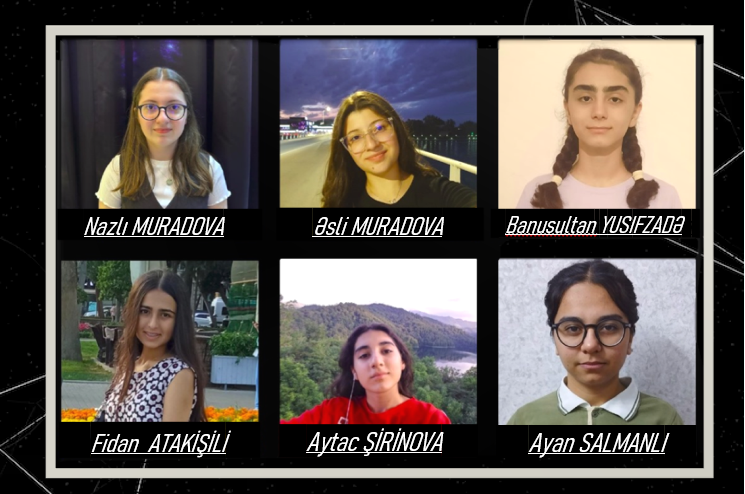
Students from the Asteroid Hunters team from Azarbaijan who participated in the August 2024 International Asteroid Search Campaign
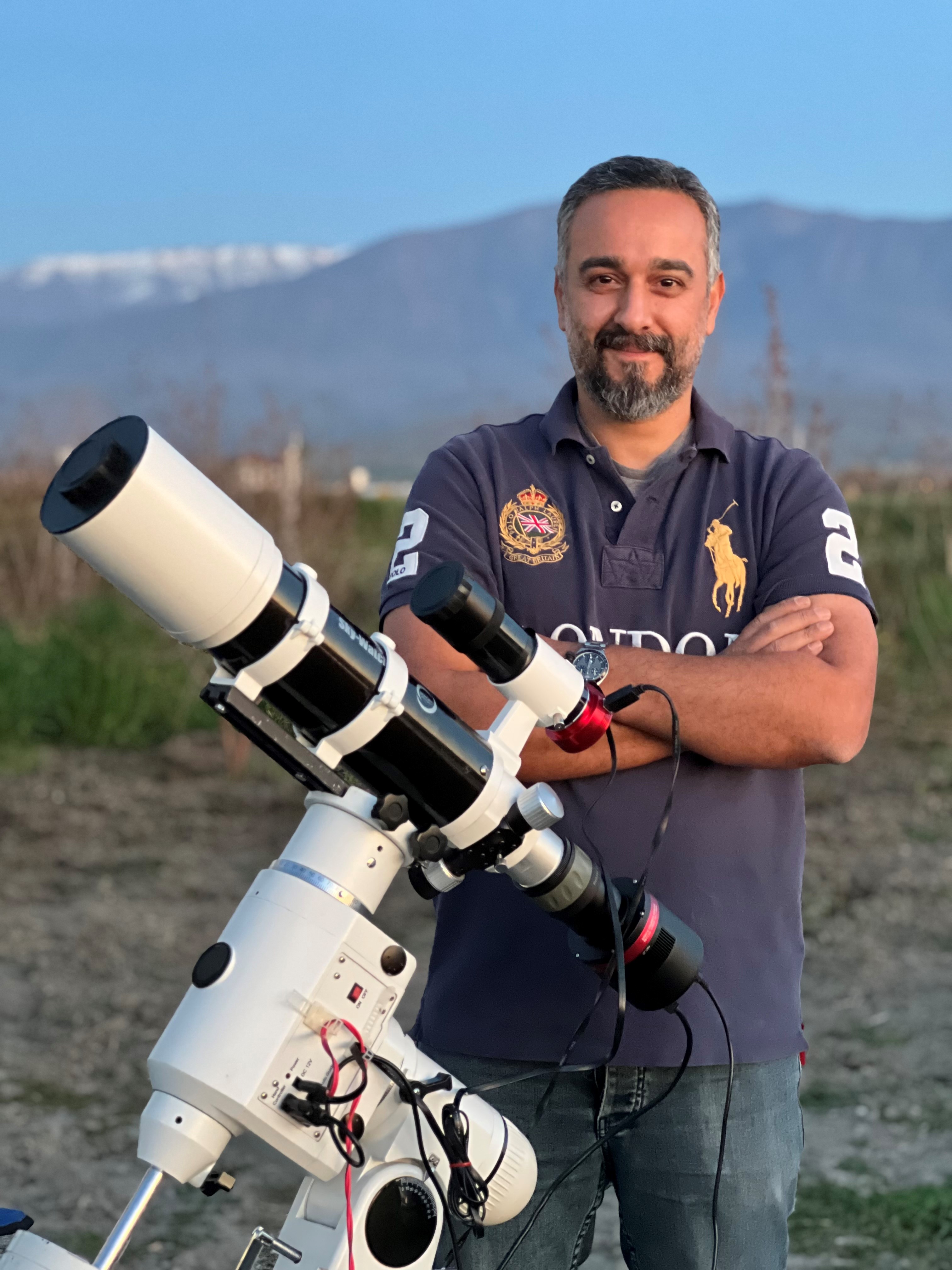
A member of the Termeh team from Iran who participated in the 2023 All Iran Asteroid Search Campaigns
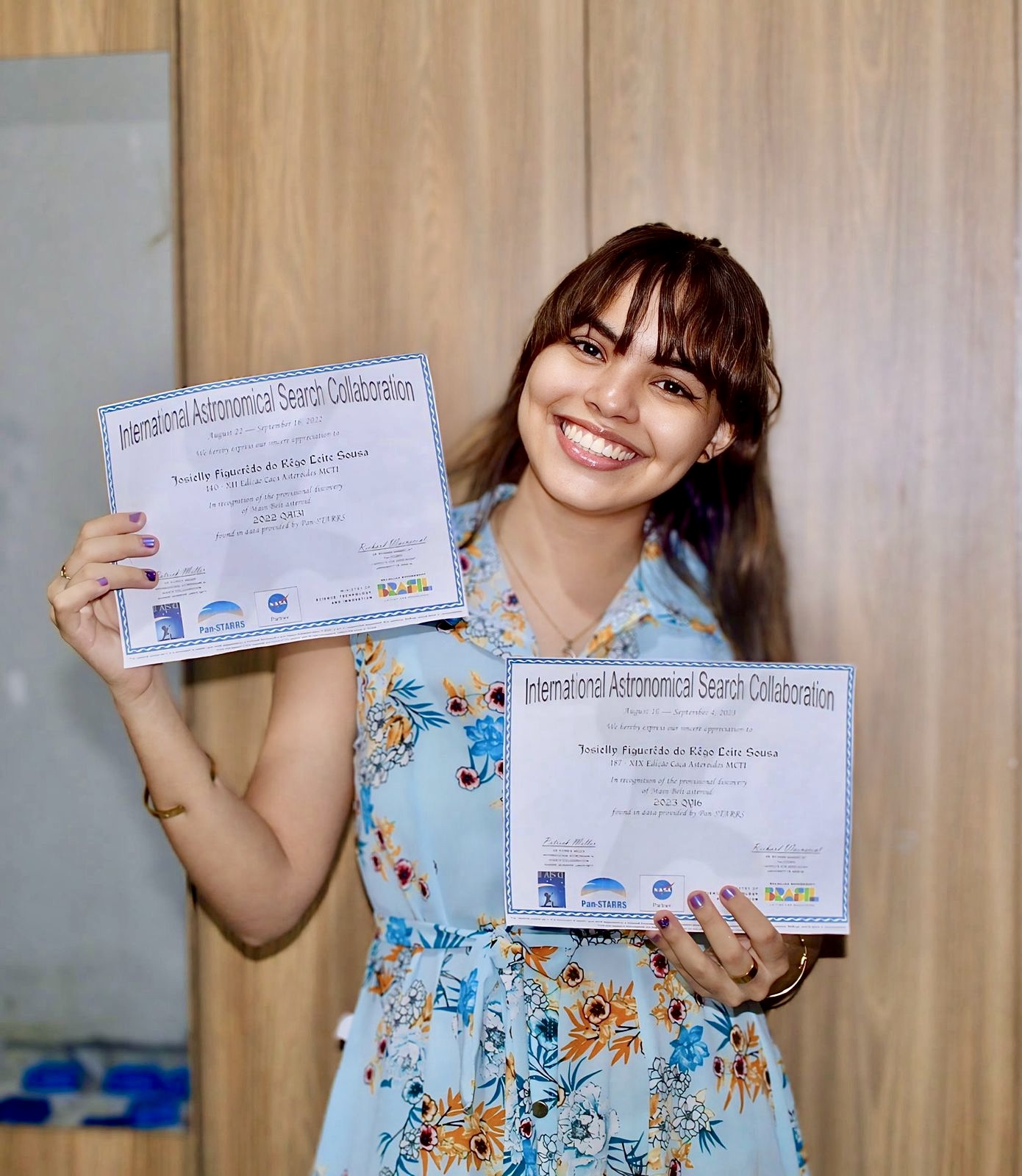
Josielly Figuerêdo do Rêgo Leite Sousa from Brazil who made two provisional discoveries in the MCTI Asteroid Search Campaigns
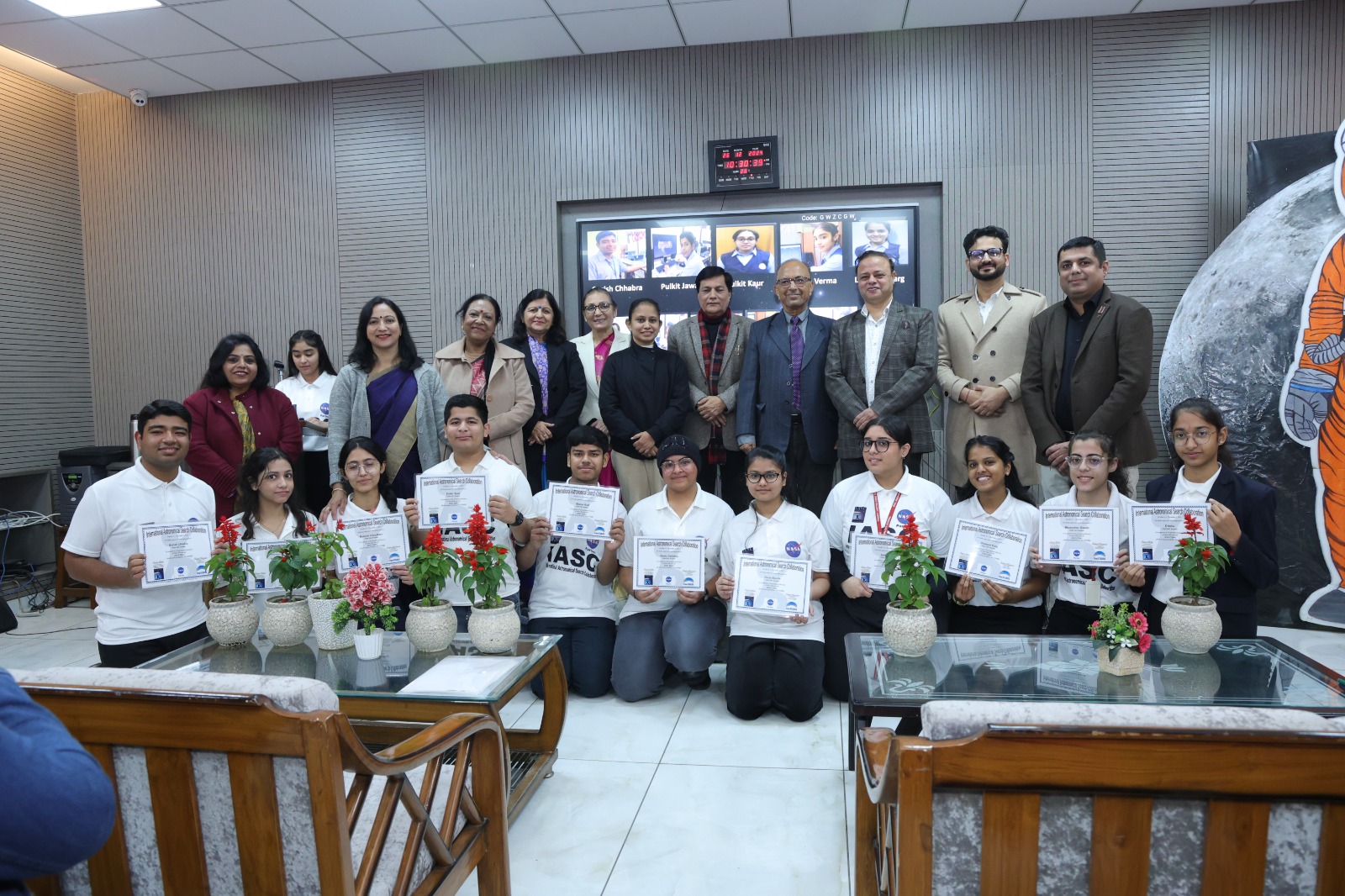
Members from the DSPS-DSC-Aryabhatta team in India who made a provisional discovery in the November/December 2024 campaigns
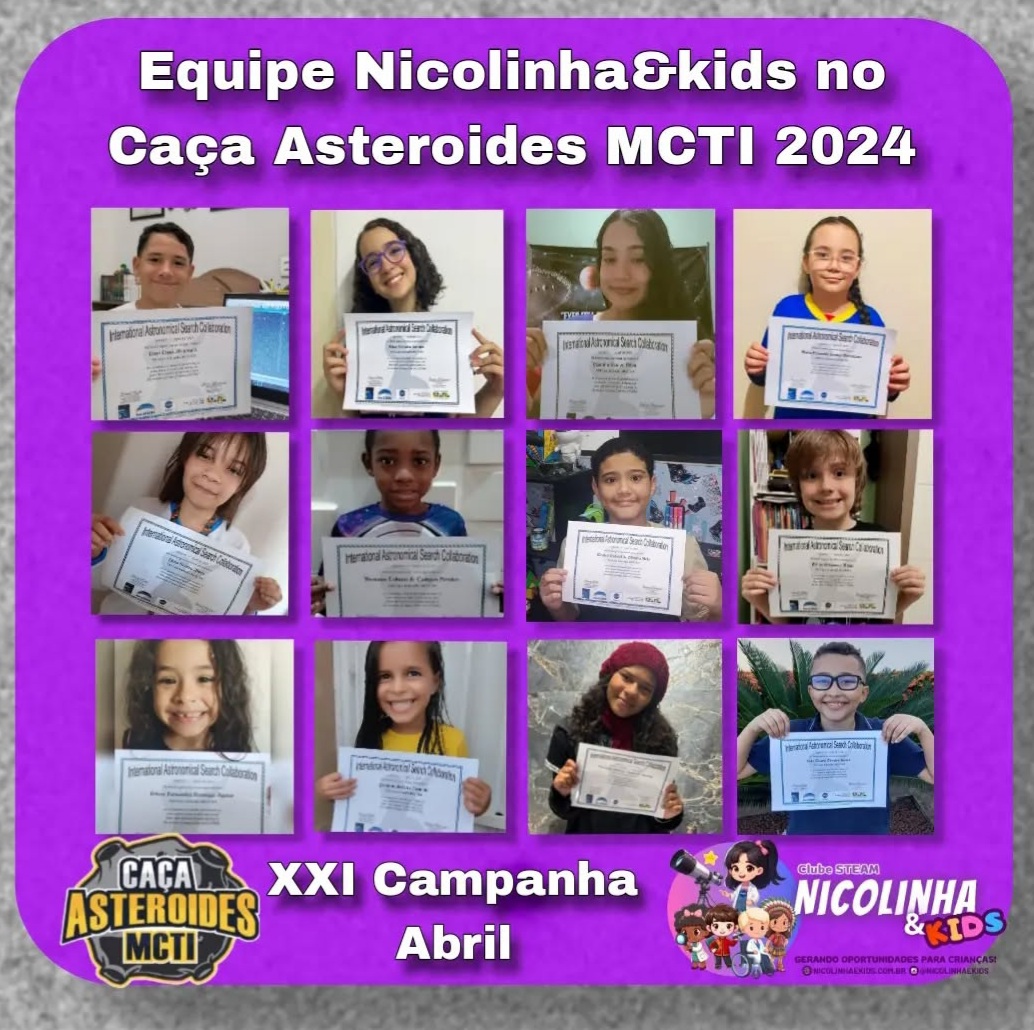
Members of the Steam Nicolinha&Kids Club from Brazil who participated in the 2024 MCTI Asteroid Search Campaigns
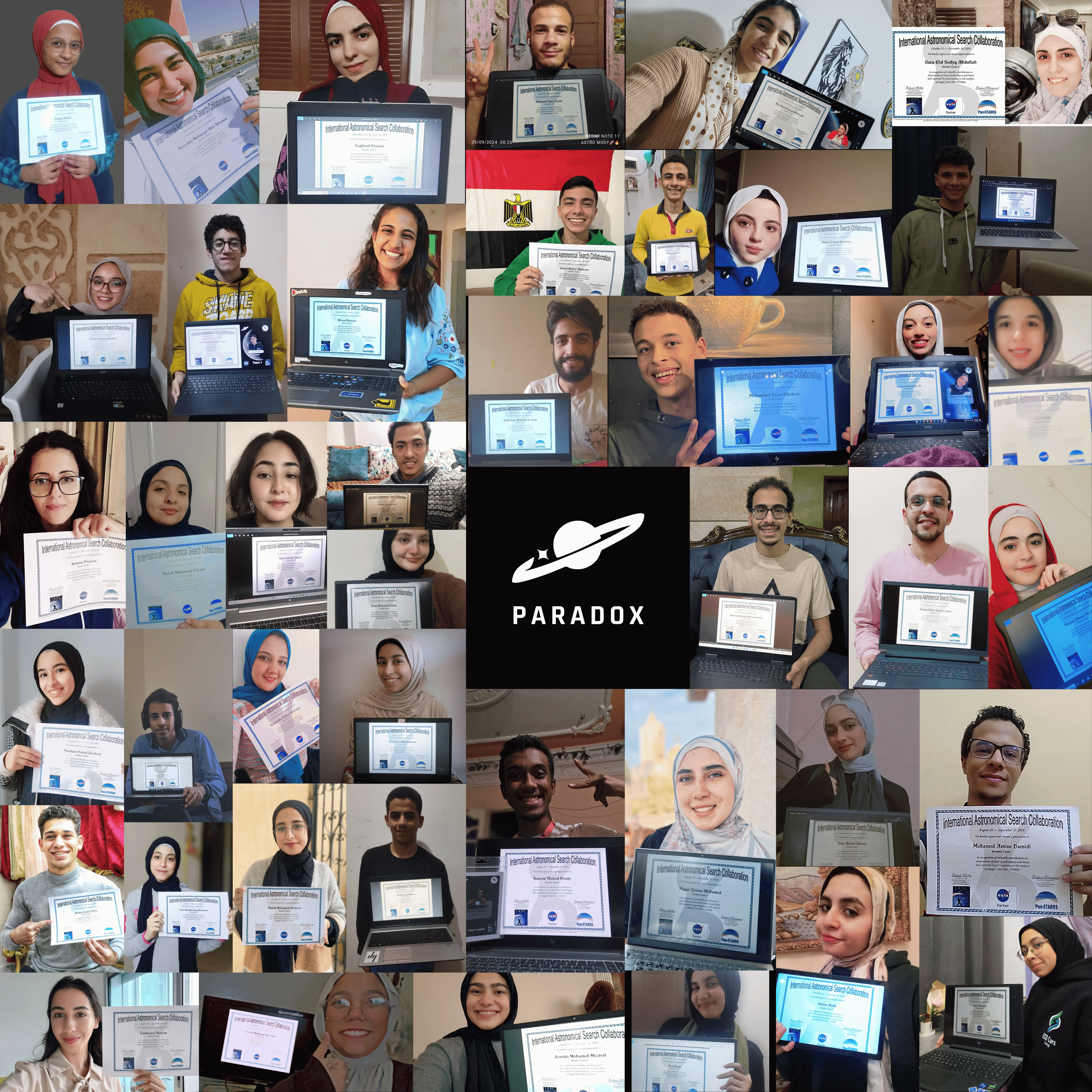
Members of the Paradox team from Egypt who participated in the Fall 2024 PanAfrica Asteroid Search Campaigns
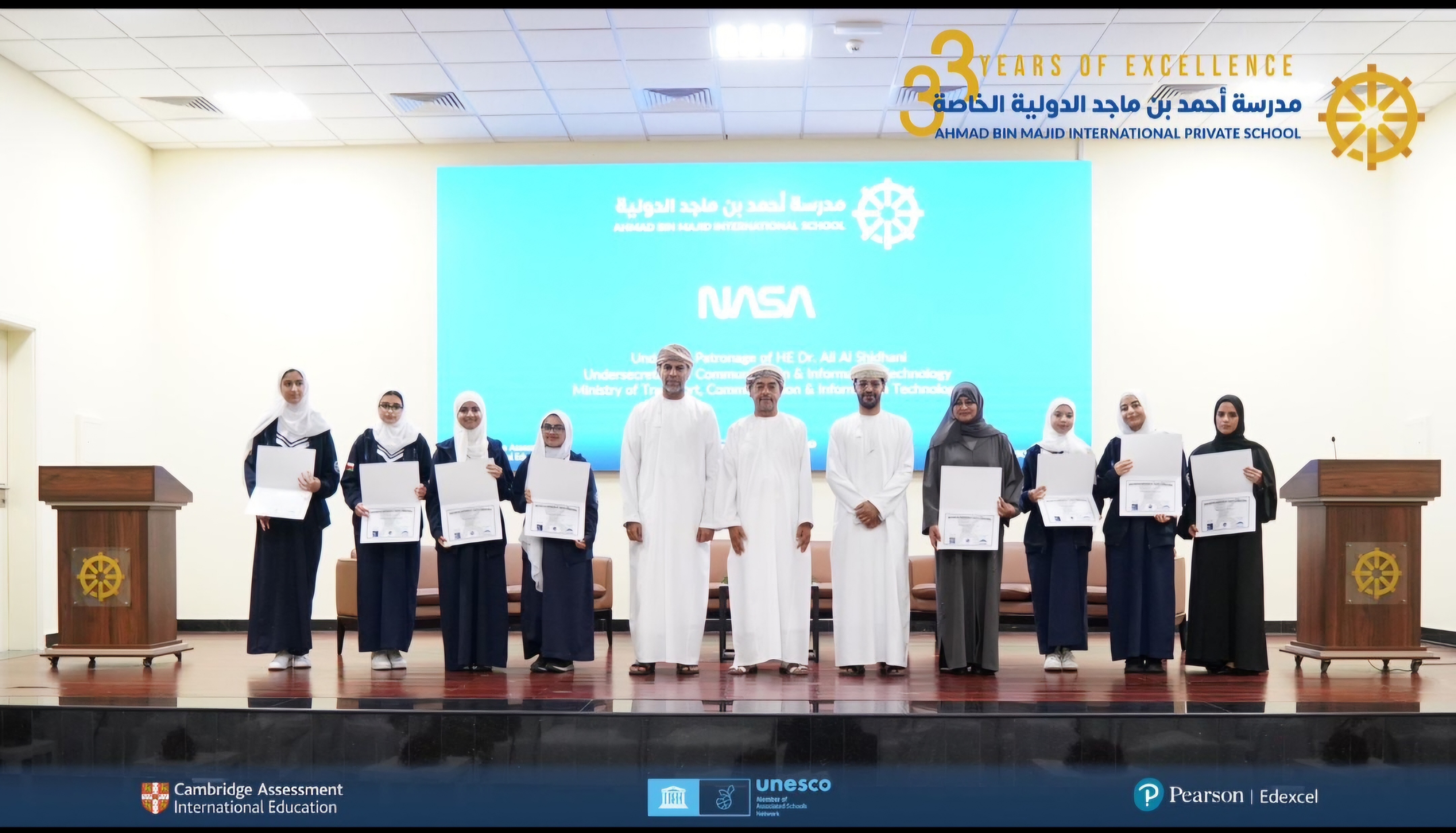
Students from the Ahmad Bin Majed International School in Oman who participated in the November/December 2024 International Asteroid Search Campaign.
The All India Asteroid Search Campaign, CB Devgun Memorial Asteroid Search Campaign, MCTI 2025 Asteroid Search Campaign, and International Asteroid Search Campaign are now underway. Happy Hunting!
Current Teams: It is important that you understand how to use Astrometrica, identify true and false signatures (i.e., not all moving things are asteroids), and prepare a clean and accurate MPC report. Remember, the Quick Start Guide can help you with all of these goals. If you can do these things, your citizen science group will be successful in detecting new Main Belt asteroids and making important near-Earth object observations.
Preliminary
18130
Provisional
160
| Start Date | End Date | Campaign Name | |
| Monday, July 21, 2025 | Thursday, August 14, 2025 | All Iran Asteroid Search Campaign | |
| Monday, July 21, 2025 | Thursday, August 14, 2025 | International Asteroid Search Campaign | FULL |
| Monday, July 21, 2025 | Thursday, August 14, 2025 | CB Devgun Memorial Asteroid Search Campaign | FULL |
| Monday, July 21, 2025 | Thursday, August 14, 2025 | MCTI 2025 Asteroid Search Campaign | |
| Monday, July 21, 2025 | Thursday, August 14, 2025 | STEM & Space Asteroid Search Campaign | |
| Monday, July 21, 2025 | Thursday, August 14, 2025 | Zoonigia Asteroid Search Campaign |
If your citizen science group would like to participate in an IASC search campaign please visit the Registration page.
Campaigns usually fill up 30 days prior to their starting date.